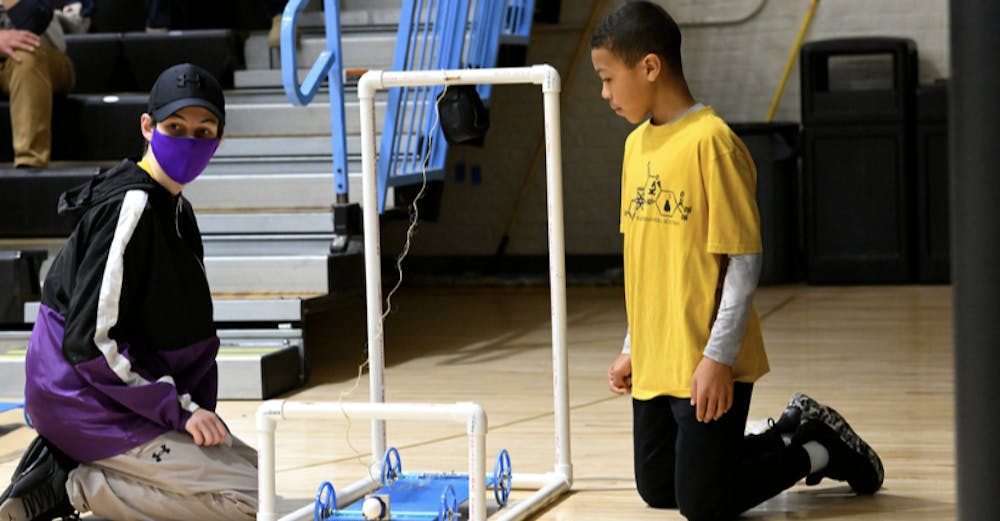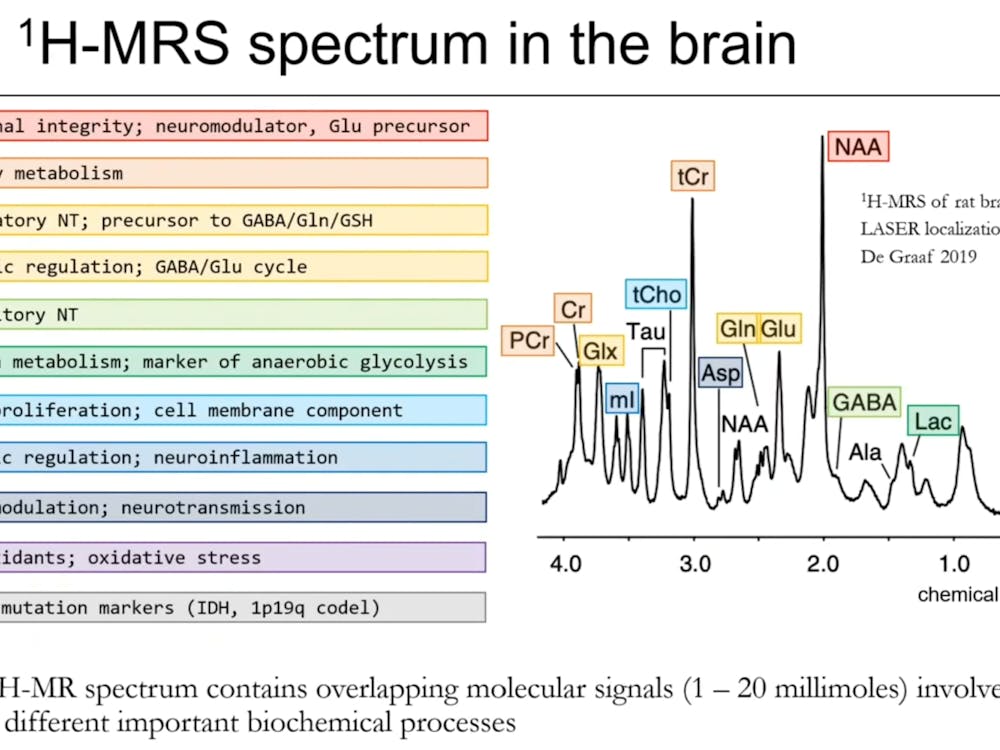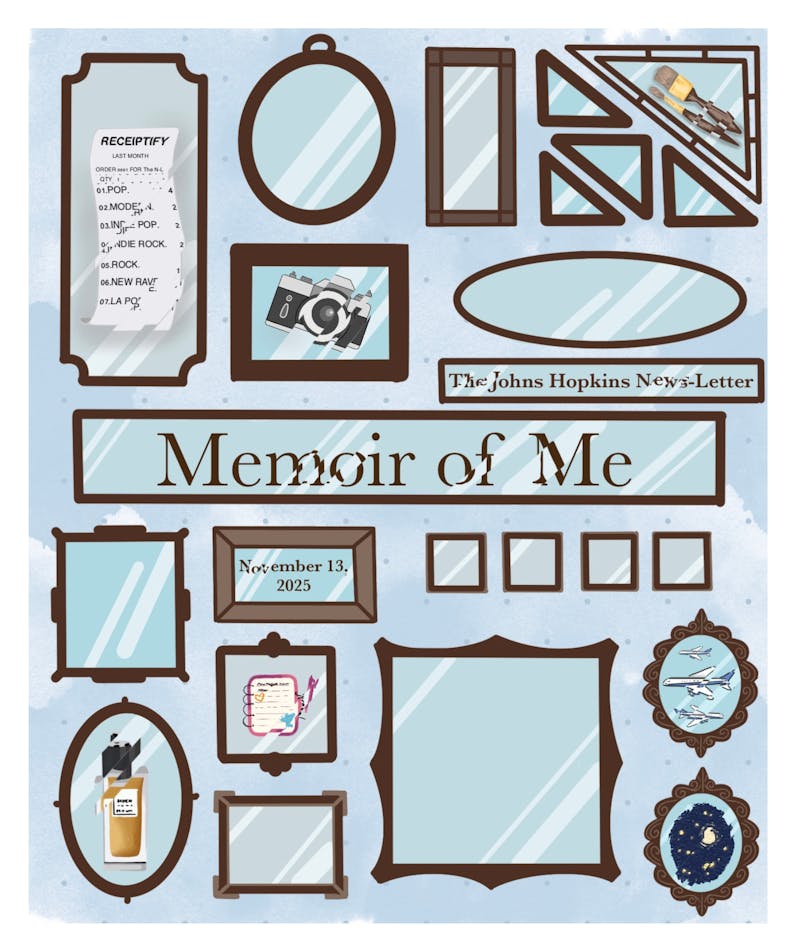Universities have eternally been celebrated as hubs for new research and discoveries: institutions at the frontier of acquiring and disseminating knowledge whether through classrooms, labs or seminars. However, it is equally important to consider how this knowledge and resources could benefit wider communities.
At Hopkins, the Charm City STEM League (CCSL) is run by the Center for Educational Outreach (CEO) to blend STEM education with community engagement. It aims to address systemic inequities by preparing Baltimore students for success at Science Olympiad, one of the nation’s most challenging STEM competitions.
In the process they hope to create a sense of belonging and support for science, just like in sports.
The challenge, as explained by Amanda Valledor, CEO’s Charm City STEM League Program Administrator, arises from the extensive curriculum for 23 different events, encompassing niche areas of science. While the exposure to otherwise unencountered fields can inspire young scientists, it can also become a barrier to entry for schools and coaches grappling with resource constraints.
In fact, Valledor noticed that there weren’t as many Baltimore city students competing which inspired her and other founding members to begin CCSL as Hopkins undergraduates in 2012.
Since then, a lot about CCSL has changed (including its name) but its core ideas of mentorship and equitable resource distribution have been instrumental in ensuring every student has the same access to opportunities, regardless of where they are based in Maryland.
Mentoring in the league is seen as building continued relationships by connecting middle schoolers with Hopkins students, often Science Olympiad alums, who can provide long term support throughout their competition journey.
At a more personal level, Valledor reflected that important mentors in life had given her the confidence to pursue science and hopes that interacting with someone who looks like them and closer in age sparks future generations of scientists, mathematicians and engineers.
On the flip side, the mentors too build skills like leadership and gain an avenue to connect more with the community by being exposed to new neighbourhoods and socioeconomic landscapes of Baltimore. Plus, there’s nothing better than passionate exchanges over mousetrap cars or forensic analysis to destress after classes!
Volunteer teams also supplement mentorship by designing curriculum databases with free worksheets, reference guides and activities, and distributing over 200 physical material kits a year. These resources are essential to schools and coaches for whom consolidating these preparatory materials isn’t financially or temporally feasible.
Events like Build It, Study It (BISI) and other engineering-focused build events are intentionally designed to add to these efforts. Participants from all over the city gather in Hodson Hall with Hopkins volunteers who plan everything from testing bridges to crafting event scenarios, creating opportunities for direct feedback and skill building. Moreover, BISI, held earlier in the season, aligns with the program’s emphasis on making the Olympiad less daunting for new teams, helping them try out event areas without the pressure of a competition.
The culmination is the Invitationals, which is a practice tournament held under the same constraints as a qualifying regional tournament, but in a lower pressure environment. With over 200 students, the atmosphere is electric with the sheer joy and excitement of students, mentors, faculty and volunteers celebrating their hard work and knowledge gained over the year. For Valledor, a fulfilling moment has always been the awards ceremony where hearing the proud clinking of medals earned and the students’ excited chatter already fervently planning out changes for the next contest, makes all the effort worth it.
Circling back to the question: What role do universities play in educational outreach?
Hopkins is part of the Baltimore community and has an obligation to use its reputation as an institution and resources for a collective purpose even when this might prove challenging.
“When approaching community work, it is important to have a mutually beneficial relationship, and we can build this by acknowledging both the positives and negatives in the University’s history in Baltimore,” Valledor affirmed. “We are seeking the input of our community partners proactively and we want them to be the ones helping to drive the work we’re doing. We want to make sure that all voices are actively involved in a process and have an equal impact in the project. It is important to understand the end goals and how to get there together.”
For Hopkins students seeking to be an active part of the home that they are in, initiatives like CCSL are avenues for pursuing meaningful work, while encountering new people and experiences in the locality.
“If you can find a community outreach opportunity that is really meaningful for you it can not only help you build skills and stay engaged in that work, but you might look back on this as a really fundamental part of your college experience because you can learn just as much outside the classroom as you do from your academic classes.” Valledor said.





